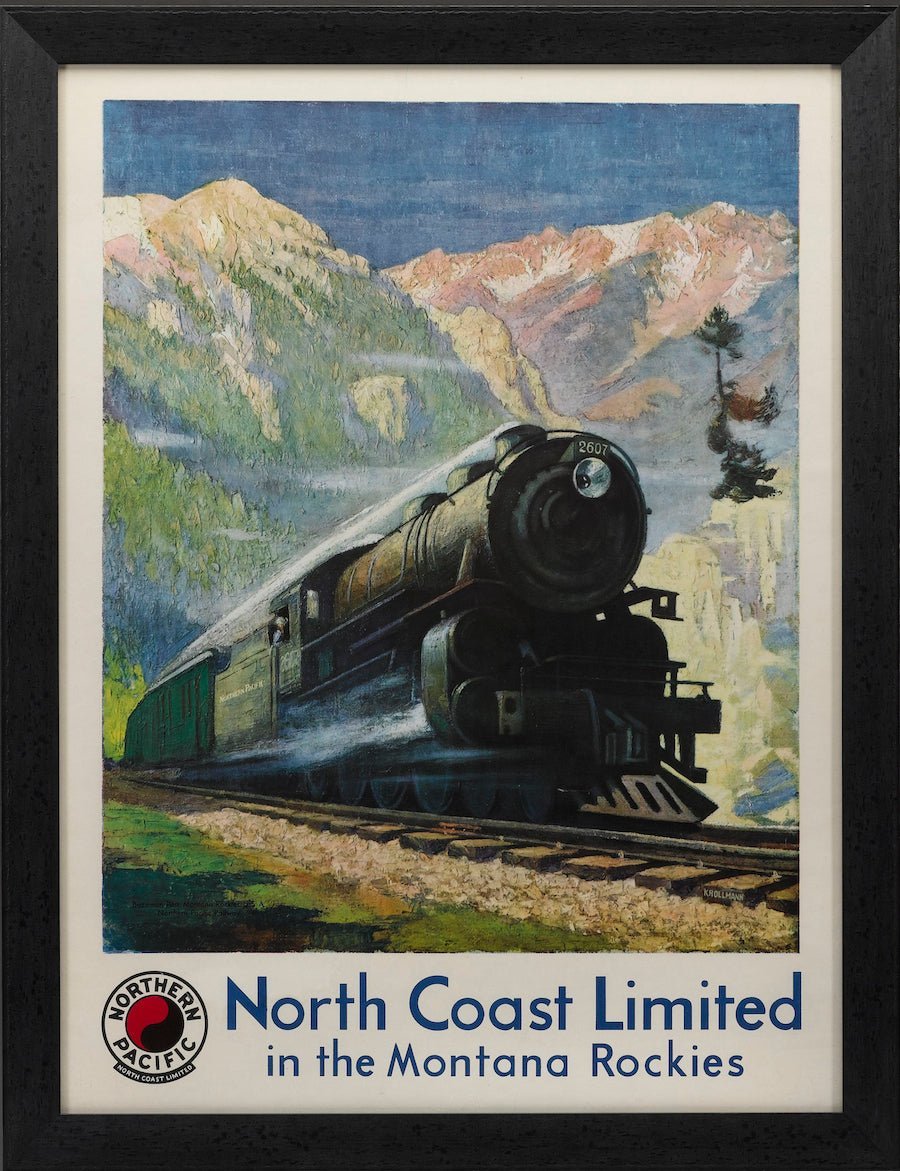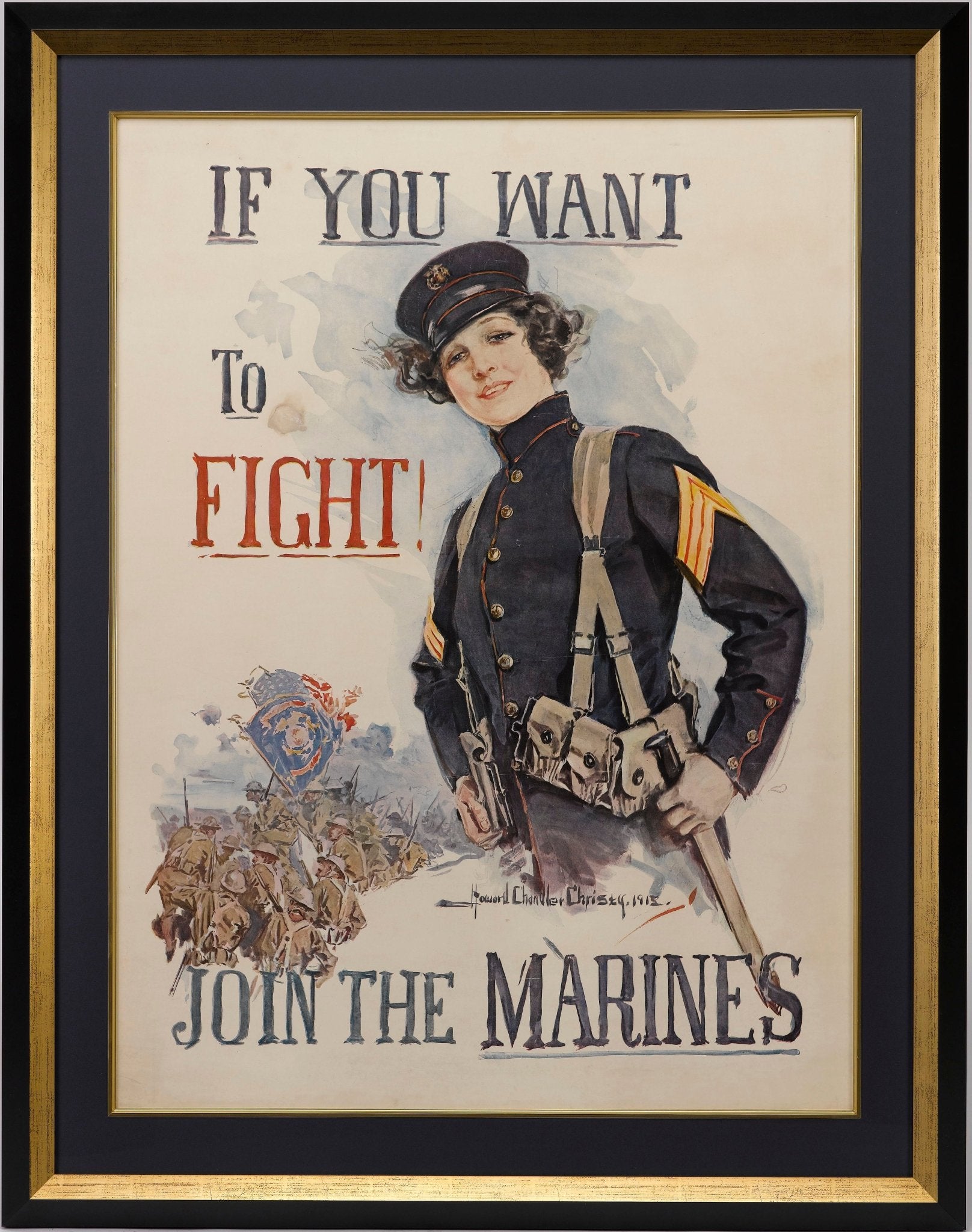O’er the Ramparts We Watched: What Inspired the “Star-Spangled Banner”
Whether at a sports game or an Independence Day event, the words of The National Anthem are echoed across the United States. Francis Scott Key’s song had such an impact on the nation’s history, that it defined the way we view our flag. What could have inspired a lawyer from Baltimore to pen such inspiring and impactful words?
DETAINED ABOARD A BRITISH SHIP
Born in 1779, Francis Scott Key was a 35-year old lawyer by the time he boarded a British troopship in September of 1814. In the midst of the War of 1812, the British arrested Dr. William Beanes, a friend of Francis Scott Key, and held him on a ship in the Chesapeake Bay. Key boarded the troopship in order to negotiate his friend’s release. While his negotiation was successful, the two had accidentally learned of an impending attack on the U.S. Fort McHenry and were detained temporarily on board so that the two could not send out a warning.
Once the British surprise attack started, the bombardment of cannonfire lasted a total of 25 hours. After the ceaseless attack on Baltimore’s Fort McHenry, the British forfeited. It was during these endless hours that Key watched the Battle of Baltimore and the cannonfire that rained down on the fort throughout the day and the bright flashes that illuminated the night. To Key, it looked like the Revolutionaries could never hold against such bombardment and the fort would undoubtedly fall. Afterall, only weeks before the nation’s capital had been captured and landmarks burned including the White House, the Capitol Building, and the Library of Congress.
A HASTILY SCRIBBLED VERSE
On September 14, 1814 in the early hours of the morning, Key awoke to see the American Flag, battered but still flying above the fort, assuring onlookers that the British had not won and the Revolutionaries held strong throughout the attack. If the attack had overtaken the fort, then Key would have seen a Union Jack waving proudly above the walls. The sight of the stars and stripes flying after such struggle deeply moved Key and he hastily jotted down his first verse of what would become the most recognized song of the nation.
Once returned to Baltimore, the still-impassioned Key set to work on all four verses. He originally titled the song The Defense of Fort McHenry but quickly adopted the title The Star-Spangled Banner. After several iterations, Key was finally ready to publish and sent his finished work to a Baltimore printer to issue broadsides immediately. Set to the tune of a popular drinking song, To Anacreon in Heaven, Francis Scott Key’s work was an immediate success. Less than a month later, his song had been published in at least 17 newspapers across the East Coast and remained a favorite patriotic tune for the rest of the 19th century.
THAT STAR-SPANGLED BANNER YET WAVES
As Key scribbled those first lines, he couldn’t have understood the impact he would have on America and her symbolism. Despite the American Flag’s design being officially established since 1777, citizens didn’t look much to the stars and stripes as a symbol of their nascent country. The flag was used mainly on ships, above forts, and on military bases to help identify them. Symbols such as eagles, personified Liberty, and even George Washington were more common representations of the United States. Once Key equated the flag with the country’s values and determination to survive in the face of adversity, the American flag was no longer just an identifier for ships, but an emblem of the nation and all that it stands for.
Key’s words fused his hopes for the country with the visual of the American flag. His song spread those sentiments across the growing nation and Americans continued to sing it for decades after the War of 1812 ended. The Star-Spangled Banner gained special favor during the Civil War as people searched for a way to express their feelings for their country and unite under a symbol representing its values. As time marched on, the song remained beloved. In 1890, the military adopted it for ceremonies including raising and lowering the colors. Beautiful copies, such as the 1912 booklet shown above, were published with illustrations to impassion American readers. In 1931, more than 100 years after the Baltimore lawyer watched the flag stand tall above Fort McHenry, the United States officially adopted The Star-Spangled Banner as her national anthem.












